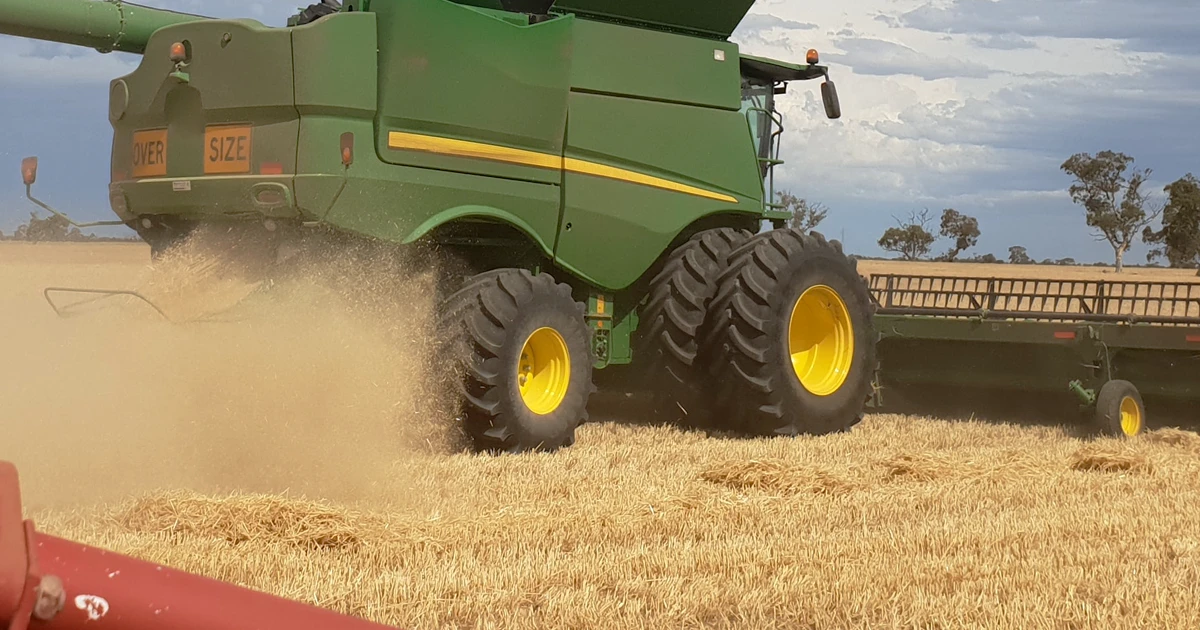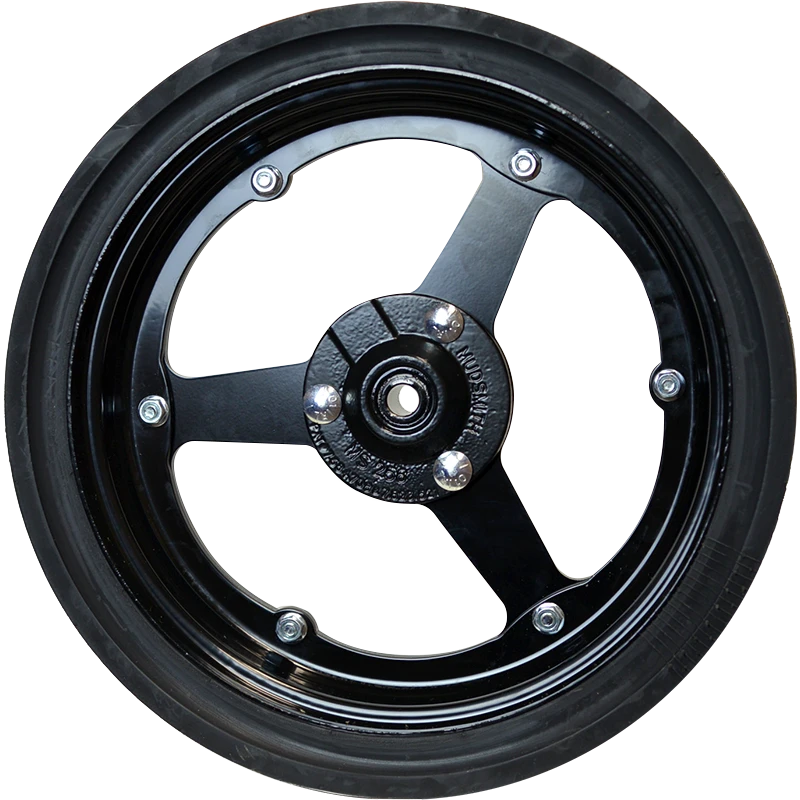
When it comes to harvest gear, durability isn’t a nice-to-have, it’s nonnegotiable. The Typhoon Feed Drum was built by an Australian farmer who was sick of fixing parts when we should’ve been harvesting. So he designed a feed drum that lasts.
Let’s take a look at what makes it different and why it holds up when the pressure’s on.
The Short Answer for Farmers Who Want It to Last
The Typhoon is built to take abuse and keep feeding. The 1 3/8 inch driveshaft is thicker than most on the market. That extra strength helps prevent bending when the drum takes a hit. Inside, it runs on a fully welded 35 mm crankshaft, built to handle twisting and shock loads that would sideline lighter drums.
This thing was made to work and keep working.
Smoother Feeding, Less Stress
Durability goes beyond heavy steel; it’s about how the drum moves crop through the machine. The Typhoon’s 25 solid steel fingers grab and guide material evenly across the entire width, keeping things consistent even in uneven crops. The patented paddle flighting keeps the flow balanced, spreading material instead of forcing it into the center. The result is a smoother, steadier feed into the feeder house that keeps stress off your machine and your nerves.
Finger System and Paddle Flighting Reduce Shock Loads
When crop hits the drum unevenly, that’s when shock loads spike, and that’s what the Typhoon was designed to prevent. With up to 13 more solid steel fingers than typical OEM drums, it grabs more crop with every rotation, reducing the pounding impact that wears out parts. The patented paddle flighting breaks up clumps and spreads the load evenly across the drum, minimizing surges and protecting the drive system from repeated shock forces over time.
Fewer Weak Points, Faster Fixes When Needed
A durable drum is also one that is simple to service. The Typhoon’s quick timing system lets you adjust retractable finger timing across a 150 degree arc by loosening a single nut, which means you match conditions without teardown. The design eliminates the reversing clutch inside the drum, removing a part that can fail and sideline a harvest. Hinge style finger holders let you swap parts in minutes if you do have a mishap.
Proven in the Field Since 2016
The first units went to work in 2016 and have since seen seasons across Australia and North America. Farmers who developed and ran the drum talk about reliability gains that come from construction and usability updates over those years. That real world track record matters when you are choosing a drum you expect to live in your header for the long haul.
Why Smoother Feeding Protects the Hardware
A smaller diameter drum can create up to a 33 percent larger feeding window, which gives crop more room to move. When material is not jammed into a tight gap, you lower compression and cut down on the stop start forces that stress fingers, holders, and drive parts. Smoother, even feeding is not just a capacity story. It is a durability story because it reduces the peak loads that break things.
Is the Typhoon Feed Drum Worth it?
If your question is whether your Typhoon drum will hold up, the answer is yes. It starts with a thicker driveshaft and a fully welded crankshaft, then adds a finger system that smooths crop flow. Fewer failure points and quick adjustments round it out. Put together, it is a drum built to last and built to keep you harvesting instead of wrenching. For more information on this product, give us a call at 1-855-612-7006.


















